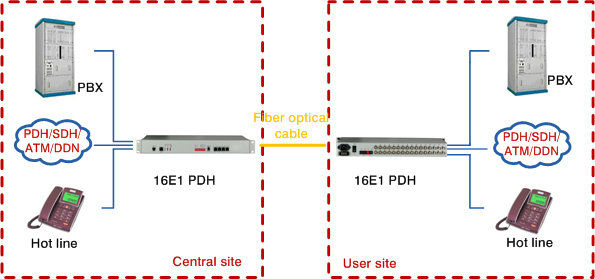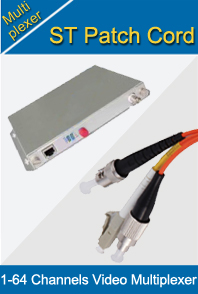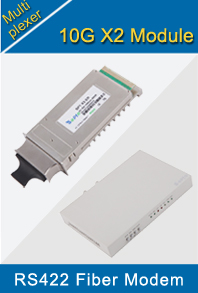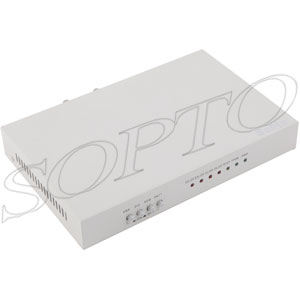-

- Sopto Home
-

- Special Topic
-

- Multiplexer Knowledge
-

- What is Inverse Multiplexing over ATM?
Multiplexer Knowledge
- Why is Multiplexing Needed in Data Communication Systems?
- What is Concept of Multiplexing in Telephone System?
- What is Digital TV Frequency?
- Outlook of the WDM Networks
- DWDM Technical Overview
- CWDM Technical Overview
- How to Activate Cable Modems?
- How to Install a Fiber Optic Modem?
- How do I Choose a Best Fiber Modem?
SOPTO Special Topic
Certificate



Guarantee
Except products belongs to Bargain Shop section, all products are warranted by SOPTO only to purchasers for resale or for use in business or original equipment manufacturer, against defects in workmanship or materials under normal use (consumables, normal tear and wear excluded) for one year after date of purchase from SOPTO, unless otherwise stated...
Return Policies
Defective products will be accepted for exchange, at our discretion, within 14 days from receipt. Buyer might be requested to return the defective products to SOPTO for verification or authorized service location, as SOPTO designated, shipping costs prepaid. .....
Applications
Multiplexers can be used to connect PBX, Hot line and other devices of network from central site to user site through fiber optical cable.
SOPTO Products
- Fiber Optic Transceiver Module
- High Speed Cable
- Fiber Optical Cable
- Fiber Optical Patch Cords
- Splitter CWDM DWDM
- PON Solution
- FTTH Box ODF Closure
- PCI-E Network Card
- Network Cables
- Fiber Optical Adapter
- Fiber Optical Attenuator
- Fiber Media Converter
- PDH Multiplexers
- Protocol Converter
- Digital Video Multiplexer
- Fiber Optical Tools
- Compatible
Related Products
Performance Feature
High integration desig
Low power consumption
Good EMC, EMI
Stable and Reliable
Multiplexer Knowledge
Recommended


What is Inverse Multiplexing over ATM?
Inverse multiplexing over ATM (IMA) is a method of optimizing the data transfer rate for individual subscribers in networks that use asynchronous transfer mode (ATM) by dividing the data into multiple concurrent streams that are sent across separate channels and reconstructed at the destination, obtaining the original data stream. IMA works with voice, video and other data transmission modes.

IMA spreads out digital data cell by cell, optimizing the efficiency with which available bandwidth is utilized and preventing the occurrence of bottlenecks in a network. When additional bandwidth is needed, data streams can be added. Speeds of up to 1.2 gigabits per second (Gbps) are possible for individual customers, along with load sharing for guaranteed Quality of Service (QoS).
IMA can work with all types of physical transmission media including cable, fiber optic, satellite and plain old telephone service (POTS). Other features include fault tolerance and traffic consolidation, enhancing network reliability, reducing complexity and minimizing data redundancy.
For more info, please pay attention to us.



